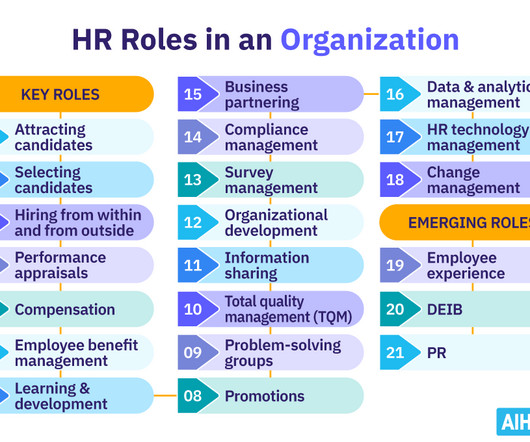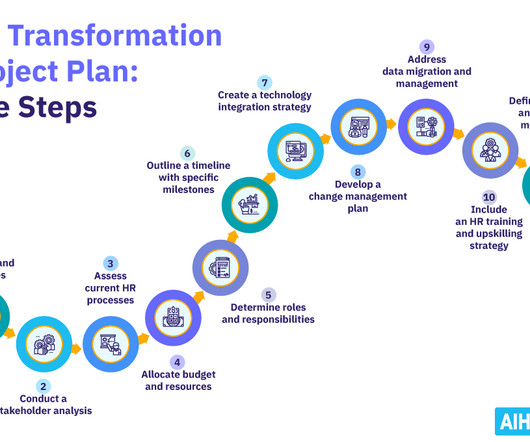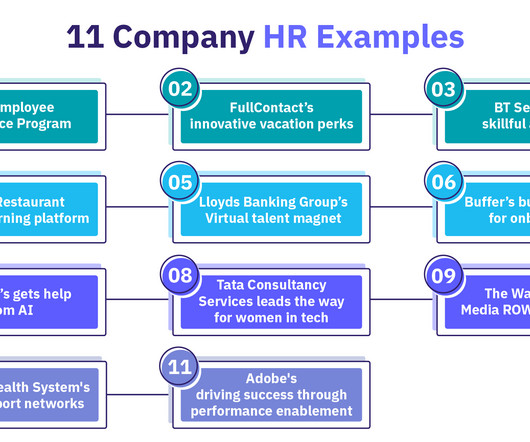From Compliance to Talent Management: The 15 Essential HR Responsibilities
AIHR
MAY 10, 2023
Meeting compliance requirements: Legal, compliance, and administrative responsibilities 3. From developing and implementing strategic plans to ensuring legal compliance, HR professionals must be able to manage and execute a wide range of responsibilities. This article offers a deep dive into HR’s responsibilities.



















Let's personalize your content